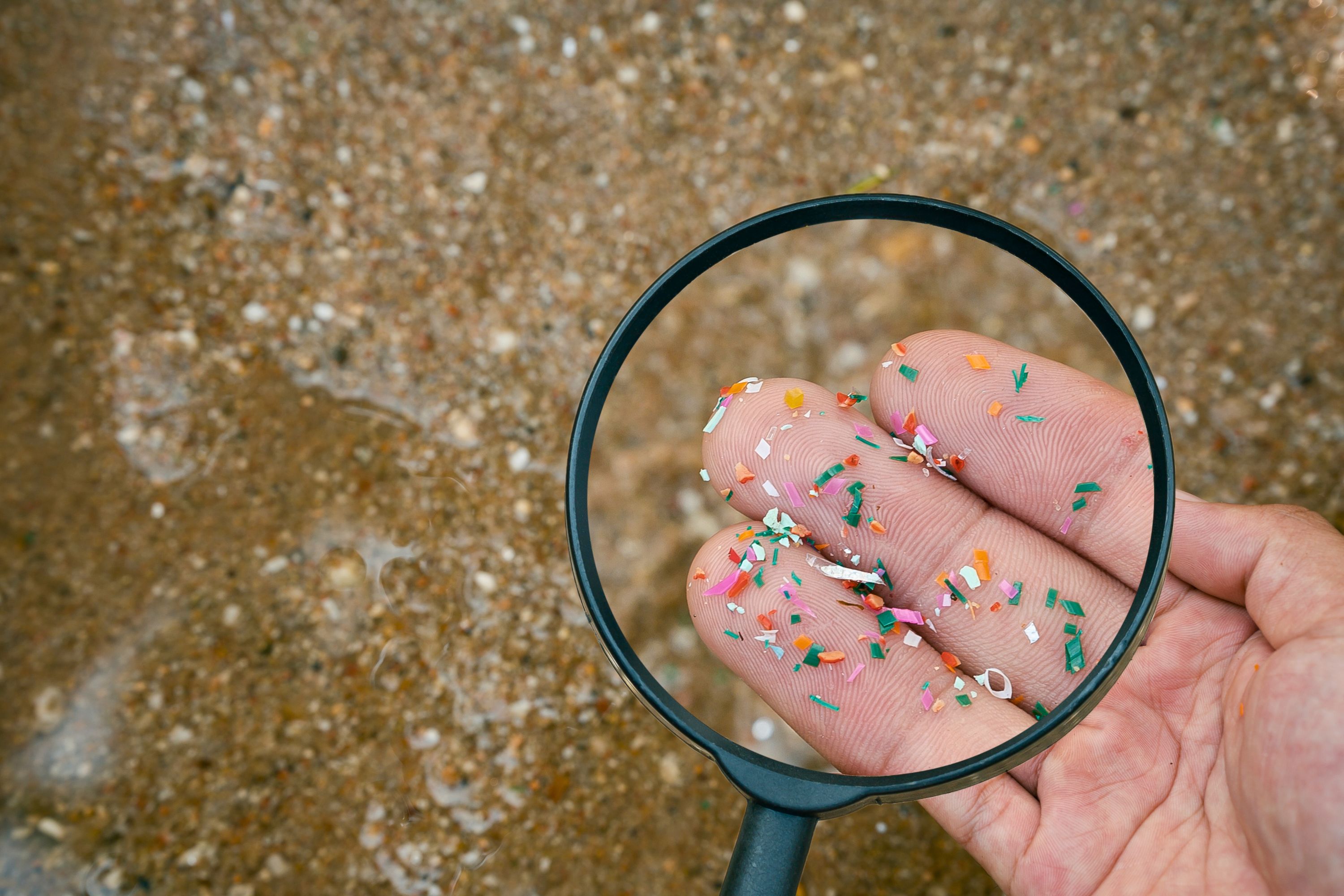Researchers Have Developed A New Method Of Eliminating Over 98% Of Nanoplastics From Fresh And Saltwater Using A Hydrophobic Solvent

No one knows to what extent plastic pollution affects human health, but it certainly can’t be good. Every day, we are likely consuming tiny pieces of plastic in our food and water without even realizing it because they are invisible to the human eye. It’s totally understandable if the thought makes you uncomfortably squirmy.
Nanoplastics are a type of microplastic that has been building up in the world’s bodies of water. Today, they are found in the Arctic, the deep sea, and mountain lakes. They are also linked to cardiovascular and respiratory diseases in people.
They are created when everyday products like food packaging, plastic bags, and clothes degrade. They can also leach into plastic water bottles.
On average, roughly 240,000 nanoplastic particles exist in each liter of bottled water, according to some estimates.
The small size of nanoplastics makes it easier for them to sneak their way into the human body. Fortunately, researchers at the University of Missouri have come up with a way to stop this from happening.
They have developed a new method of eliminating more than 98 percent of these plastic particles from fresh and saltwater.
“Nanoplastics can disrupt aquatic ecosystems and enter the food chain, posing risks to both wildlife and humans,” Piyuni Ishtaweera, the leader of the study, said.
“In layman’s terms, we’re developing better ways to remove contaminants such as nanoplastics from water.”
The innovative technique involves the use of water-repelling solvents made from natural liquid ingredients with low toxicity, making them a highly sustainable solution. A small amount of solvent is added to the surface of the water, where it will float similarly to oil.
Deemerwha studio – stock.adobe.com – illustrative purposes only, not the actual person
Sign up for Chip Chick’s newsletter and get stories like this delivered to your inbox.
Once it’s mixed with water and given time to separate again, the solvent floats back to the surface and carries the nanoplastics with it.
When the researchers used a pipette to suck up the top layer of liquid, they found that they could remove almost all the nanoplastic beads from their water samples. In saltwater, 99.8 percent of pollutants were extracted.
The team tested five different sizes of polystyrene-based nanoplastics, which are commonly used in the manufacturing of Styrofoam cups.
Their results were more successful than those of previous studies that experimented with a single size of plastic particles.
It is hoped that additional studies will improve the technique so it can be applied to larger bodies of water, such as lakes and oceans.
“Currently, the capacity of these solvents is not well understood. In future work, we aim to determine the maximum capacity of the solvent. Additionally, we will explore methods to recycle the solvents, enabling their reuse multiple times if necessary,” said Gary Baker, a co-author of the study and an associate professor in the Department of Chemistry at the university.
Welcome to Billionaire Club Co LLC, your gateway to a brand-new social media experience! Sign up today and dive into over 10,000 fresh daily articles and videos curated just for your enjoyment. Enjoy the ad free experience, unlimited content interactions, and get that coveted blue check verification—all for just $1 a month!
Account Frozen
Your account is frozen. You can still view content but cannot interact with it.
Please go to your settings to update your account status.
Open Profile Settings